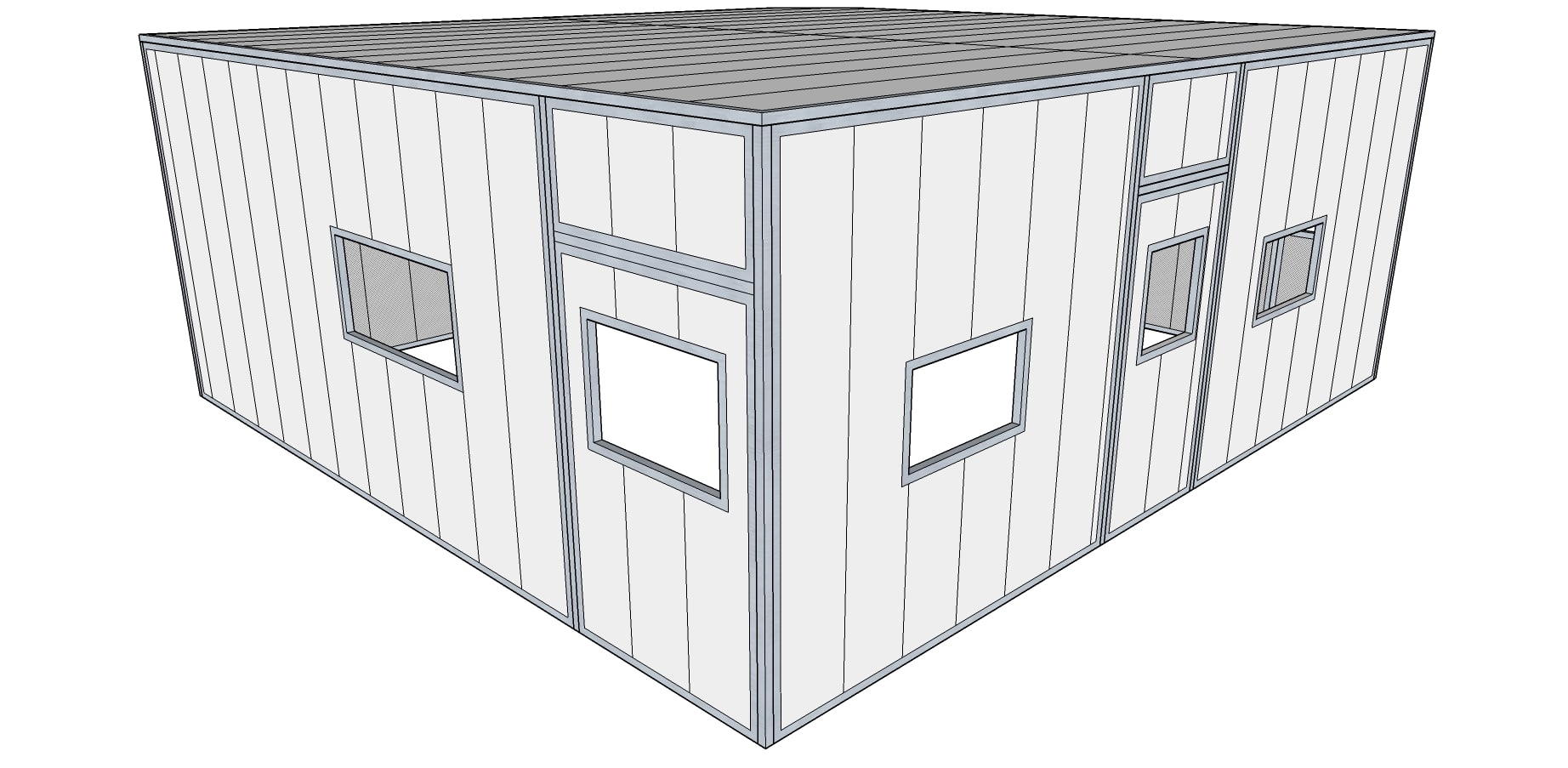Call 1300 799 969 | Contact Us


Home » How to Control Industrial Noise
Noise is a widespread threat in factories. Loud noise cause both physical and psychological stress, reduce productivity, interfere with communications and concentration, and even contribute to workplace accidents and injuries. Exposure to high noise levels may also cause trauma and permanent hearing loss.
The Hierarchy of Controls guide followed by occupational safety and health professionals determines effective ways to control industrial noise:
While elimination and substitution are the preferred methods for controlling noise, they are sometimes impossible in a real-world working environment. This brings us to engineering controls, which involve physical modifications to manage the threats or to reduce exposure to noise.
Developments in automation technology allow employees to operate machinery remotely from an acoustic control room.
An acoustic control room is a separate acoustically treated room that is practical for job activities such as product inspection or equipment monitoring stations. Employees spend a significant portion of their shift in the control room, which both isolates them from noise and provides relief from excessive noise.
Areas like these can have engineering controls for risks, such as vibration, blast, chemicals, dust and heat.
If the source of the sound is a piece of equipment or machinery, can the mechanism be isolated in an insulated room or enclosure?
An acoustic enclosure is a closed engineering control that’s designed and built for reduction, minimisation, or attenuation of the noise generated by a piece of equipment. Using acoustic enclosures as an engineering control reduces noise up to 55 decibels or even 70 dB.
Acoustic enclosures form a box around the noisy apparatus and can include acoustic doors and windows, attenuated ventilation and cooling systems made from steel panels and noise absorbing material. Acoustic enclosures also have the option to be equipped with a vibration dampening system in the presence of structure-borne noise.
The advantage of an engineering control is the ability to avoid significant modifications to the noisy machine. Acoustic enclosures are also a long-term investment since they remain efficient over time – proper quality enclosures can last more than 25 years without maintenance.
Because any openings will allow noise to escape, each opening reduces the control room or enclosure’s acoustic performance. For this reason, penetrations must be carefully considered in the engineering process and conducted by an acoustic professional.
Openings include:
Ideally, sealing the acoustic enclosure achieves the best result. In reality, however, entirely securing an enclosure is not functional as openings are needed for operations.
Windows, doors, heating, ventilation and cooling systems, and any hatches must be designed and sealed according to the required acoustic performance to avoid sound leakage.
Silencers or attenuators are used for air inlets and outlets to stop noise from entering the working area through the ventilation system.
Acoustic control rooms and acoustic enclosures are custom-built to your specifications. For more information phone 1300 799 969 or visit our product page to download a brochure.